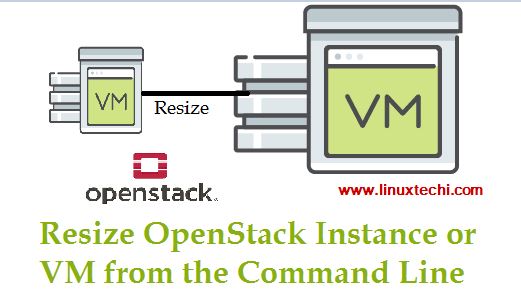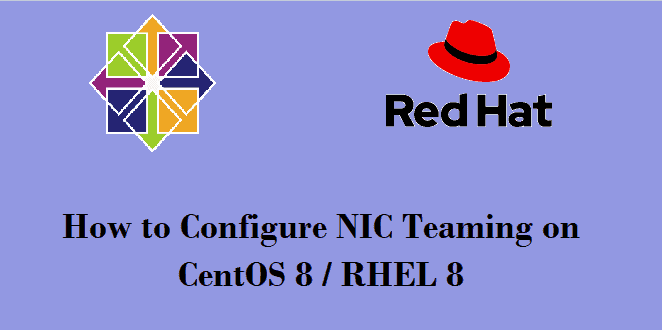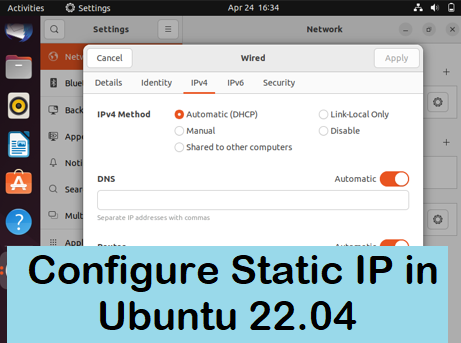In this blog post, we will explain how to create KVM virtual machine (vm) snapshot with virsh command.
While working on the virtualization platform system administrators usually take the snapshot of virtual machine before doing any major activity like deploying the latest patch and code.
Virtual machine snapshot is a copy of virtual machine’s disk at the specific point of time. In other words, snapshots are like frozen moments in time, capturing the state of a virtual machine at a particular point.
Why VM Snapshots Matter?
If you are working on KVM based hypervisors we can take virtual machines or domain snapshot using the virsh command. Snapshot becomes very helpful in a situation where you have installed or apply the latest patches on the VM but due to some reasons, application hosted in the VMs becomes unstable and application team wants to revert all the changes or patches. If you had taken the snapshot of the VM before applying patches then we can restore or revert the VM to its previous state using snapshot.
Note: We can only take the snapshot of the VMs whose disk format is Qcow2 and raw disk format is not supported by kvm virsh command, Use below command to convert the raw disk format to qcow2
# qemu-img convert -f raw -O qcow2 image-name.img image-name.qcow2
Create KVM Virtual Machine Snapshot
We are assuming KVM hypervisor is already configured on RHEL 8/9 or Rocky Linux or Ubuntu and VMs are running on it. We can list the all the VMs on hypervisor using below virsh command,
# virsh list --all Id Name State ---------------------------------------------------- 94 centos7.0 running 101 overcloud-controller running 102 overcloud-compute2 running 103 overcloud-compute1 running 114 webserver running 115 Test-MTN running #
Let’s suppose we want to create the snapshot of ‘webserver‘ VM, run the below command,
Syntax:
# virsh snapshot-create-as –domain {vm_name} –name {snapshot_name} –description “enter description here”
# virsh snapshot-create-as --domain webserver --name webserver_snap --description "snap before patch on 4Feb2018" Domain snapshot webserver_snap created #
Once the snapshot is created then we can list snapshots related to the VM using beneath command,
# virsh snapshot-list webserver Name Creation Time State ------------------------------------------------------------ webserver_snap 2018-02-04 15:05:05 +0530 running #
To list the detailed info of VM’s snapshot, run the beneath virsh command,
# virsh snapshot-info --domain webserver --snapshotname webserver_snap Name: webserver_snap Domain: webserver Current: yes State: running Location: internal Parent: - Children: 0 Descendants: 0 Metadata: yes #
We can view the size of snapshot using below qemu-img command,
# qemu-img info /var/lib/libvirt/images/snaptestvm.img
Revert / Restore KVM Virtual Machine to snapshot
Let’s assume we want to revert or restore webserver VM to the snapshot that we have created in above step. Use below virsh command to restore Webserver VM to its snapshot “webserver_snap”
Syntax :
# virsh snapshot-revert {vm_name} {snapshot_name}
# virsh snapshot-revert webserver webserver_snap
Delete KVM Virtual Machine Snapshots
To delete KVM virtual machine snapshots, first get the VM’s snapshot details using “virsh snapshot-list” command and then use “virsh snapshot-delete” command to delete the snapshot. Example is shown below:
# virsh snapshot-list --domain webserver Name Creation Time State ------------------------------------------------------------ webserver_snap 2018-02-04 15:05:05 +0530 running #
# virsh snapshot-delete --domain webserver --snapshotname webserver_snap Domain snapshot webserver_snap deleted #
Conclusion:
Creating KVM virtual machine snapshots with the Virsh command provides an essential layer of flexibility and security when working with virtualization. Snapshots allow you to experiment, troubleshoot, and maintain system stability effortlessly. By following the steps in this guide, you can harness the power of KVM snapshots to take control of your virtual machines, ensuring your work is safe, efficient, and well-managed.
Also Read : How to Create and Manage KVM Virtual Machines via Command Line





Thanks dude for the article.
Question:
Lets say you have 3 snapshots, A B and C, taken in that order (thats C taken after B taken after A) with C as the current snapshot. If I want to delete the snapshots A and B, will the command still work. If yes, do you see potential problems of doing these?
hi ,
if i destroy the vm Can i recover it from the snapahot
Not able to merge snapshot to existing disk
**KVM and qemu RPM info :-**
[root@shirish_rhel ~]# rpm -qa | grep -i qemu
qemu-kvm-common-1.5.3-167.el7.x86_64
qemu-img-1.5.3-167.el7.x86_64
ipxe-roms-qemu-20180825-2.git133f4c.el7.noarch
libvirt-daemon-driver-qemu-4.5.0-23.el7.x86_64
qemu-kvm-1.5.3-167.el7.x86_64
qemu-kvm-tools-1.5.3-167.el7.x86_64
[root@shirish_rhel ~]# virsh snapshot-list –domain centos7.0
Name Creation Time State
————————————————————
testVM2-firstSNAP35 2019-08-08 13:22:11 -0400 shutoff
testVM2-firstSNAP36 2019-08-08 13:24:48 -0400 shutoff
testVM2-firstSNAP37 2019-08-08 13:27:13 -0400 shutoff
[root@shirish_rhel ~]# virsh snapshot-info –domain centos7.0 –snapshotname testVM2-firstSNAP37
Name: testVM2-firstSNAP37
Domain: centos7.0
Current: yes
State: shutoff
Location: external
Parent: –
Children: 0
Descendants: 0
Metadata: yes
**if VM is shutdown :-**
[root@shirish_rhel ~]# virsh blockcommit centos7.0 vda –active –verbose –pivot
error: Requested operation is not valid: domain is not running
**if VM is Running :-**
[root@shirish_rhel ~]# virsh blockcommit centos7.0 vda –active –verbose –pivot
error: unsupported configuration: online commit not supported with this QEMU binary
QEMU libraries are old that’s why online commit is not possible in your current qemu library, You need to install QEMU 2.1 ( and above), libvirt-1.2.9 (and above)